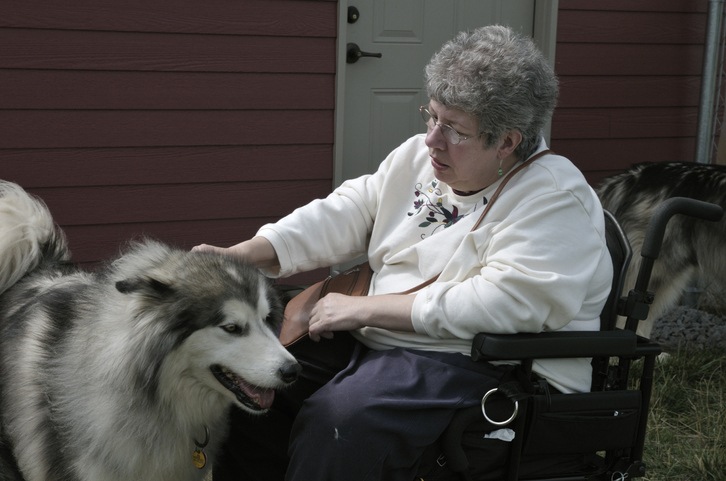
A combination regimen consisting of duvelisib and venetoclax was well tolerated, clinically active, and led to relatively high rates of undetectable minimal residual disease (MRD) in patients with relapsed/refractory (R/R) chronic lymphocytic leukemia (CLL), according to a study presented at the 62nd American Society of Hematology Annual Meeting & Exposition.
The researchers of the phase I/II study, led by Jennifer L. Crombie, MD, of Boston’s Dana Farber Cancer Institute, assessed the safety and preliminary efficacy of duvelisib plus venetoclax in 22 patients with R/R CLL as well as small lymphocytic lymphoma (SLL) and Richter’s syndrome. All patients in phase I received a seven-day lead-in of duvelisib 25 mg twice daily. On day eight, venetoclax was initiated at either 10 mg or 20 mg with weekly ramp-up to three different dose levels. In the phase II portion, venetoclax was initiated at 10 mg or 20 mg on day eight and ramped up to 400 mg on a weekly basis. Treatment with the dual therapy lasted for 12 cycles.
A total of seven patients with CLL were treated in the phase II portion. The median age of the overall patient sample was 69 years (range, 50-78 years). Additionally, patients had received a median of three prior treatments for their disease (range, 1-6 therapies). Approximately 68% of patients had prior Bruton’s tyrosine kinase inhibitor exposure, with seven patients progressing after treatment.
There were no dose-limiting toxicities in phase I. The median number of treatment cycles at data cutoff was 7.5. The overall response rate was 94% for patients with CLL/SLL, including 56% with a complete response (CR) and 39% of patients with a partial response.
Additionally, approximately 61% of patients had undetectable MRD in peripheral blood, with the first occurring following cycle three (n=4), cycle six (n=5), cycle 10 (n=1), or cycle or 12 (n=1). Up to 56% of patients have achieved undetectable MRD in bone marrow, and 58% of patients have completed a one-year course of duvelisib and venetoclax with a CR and undetectable MRD in the blood and bone marrow.
Serious adverse events, most of which were reversible except for grade 5 hepatic failure, included grade 3 febrile neutropenia and lung infection (n=2), grade 3 amylase/lipase, gastritis, arthralgia (n=1), grade 2 colitis (n=1), and grade 5 hepatic failure (n=1).







 © 2025 Mashup Media, LLC, a Formedics Property. All Rights Reserved.
© 2025 Mashup Media, LLC, a Formedics Property. All Rights Reserved.